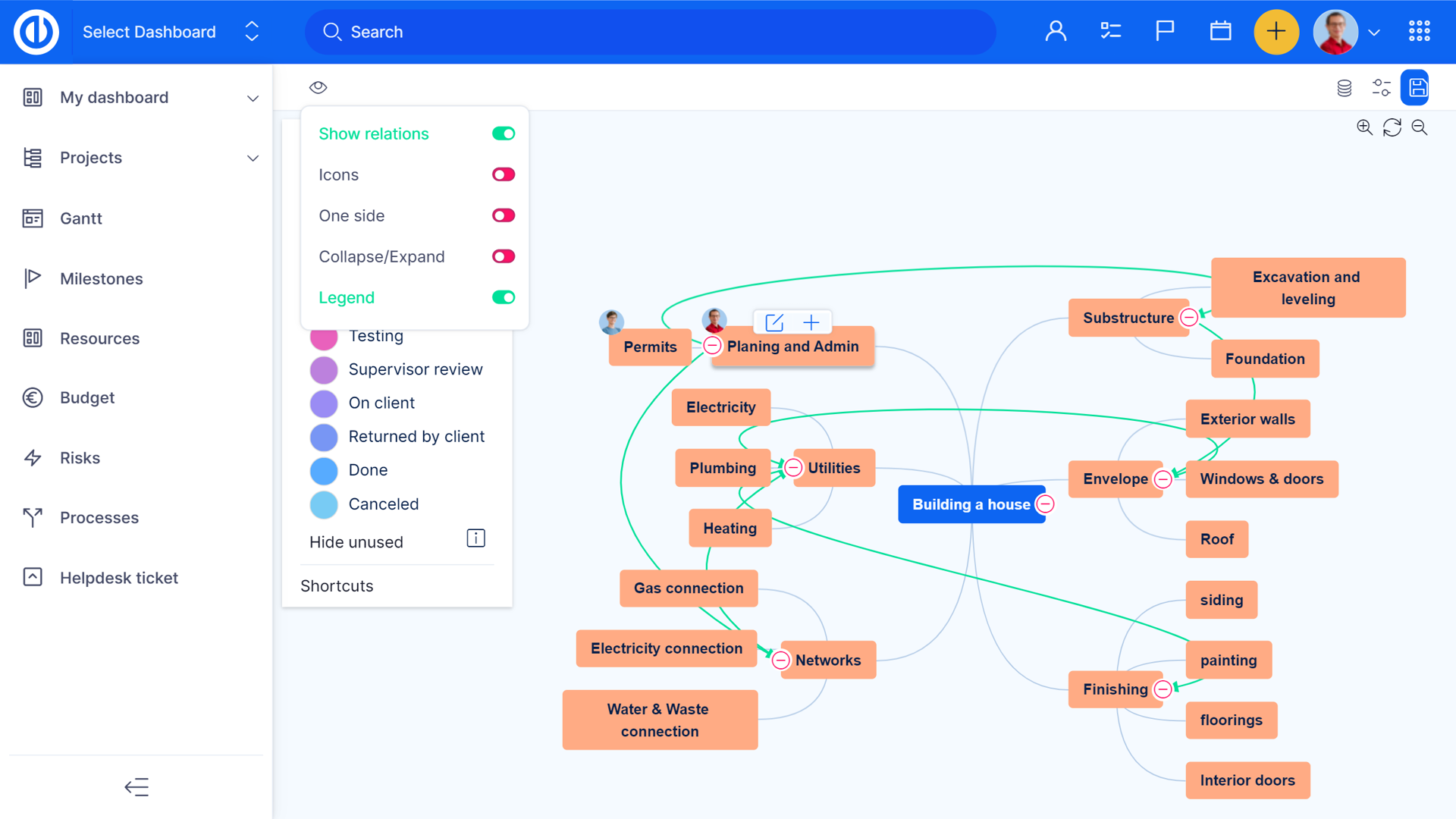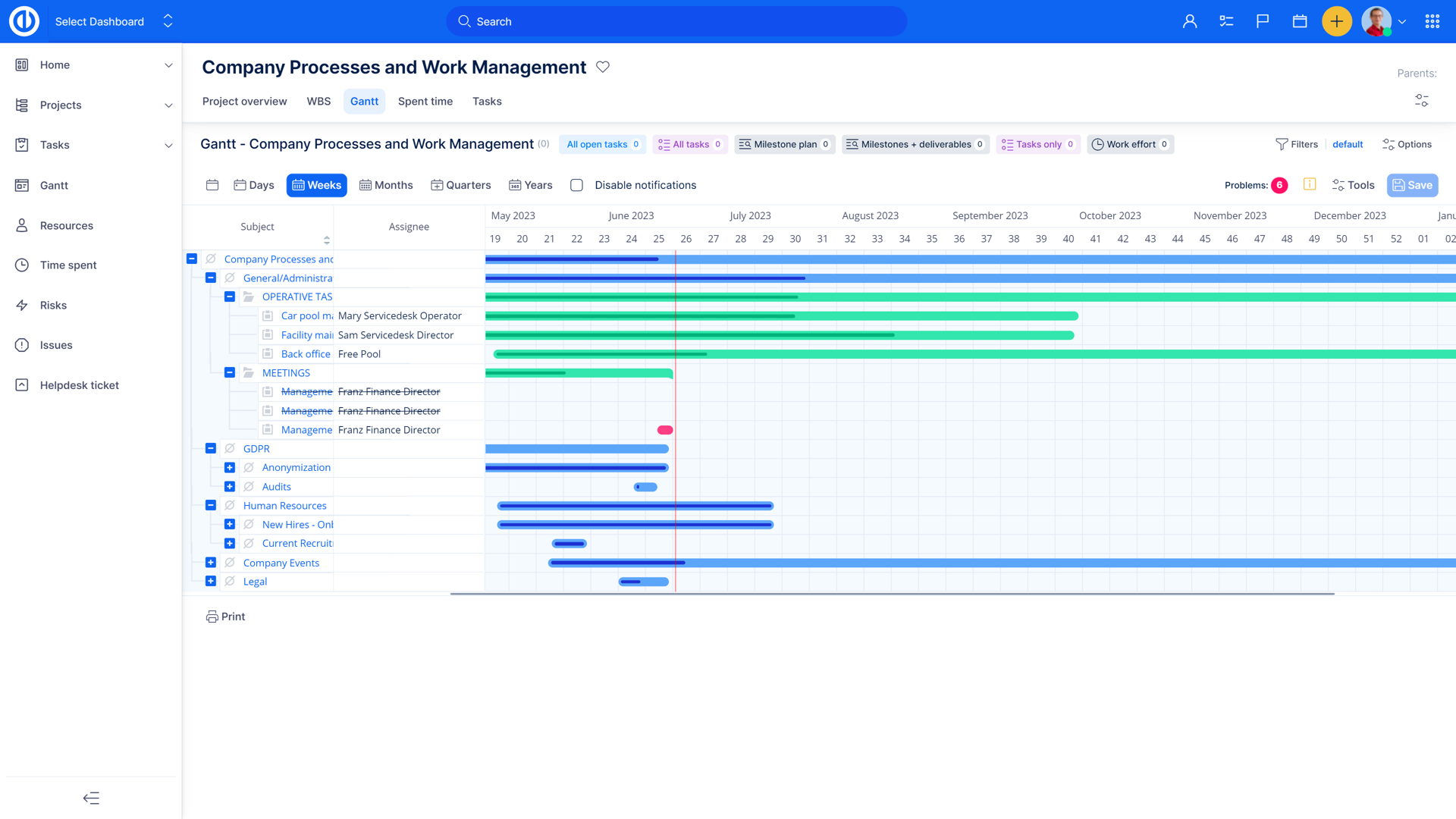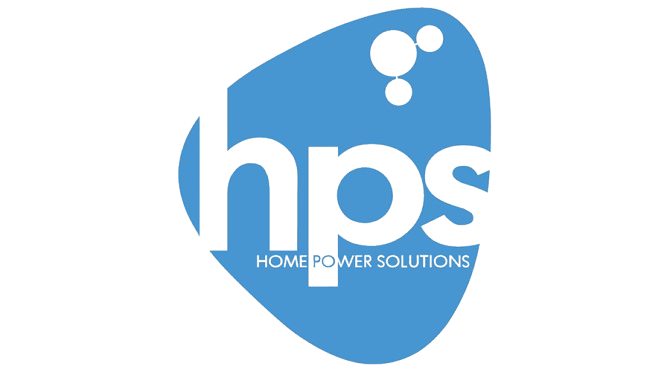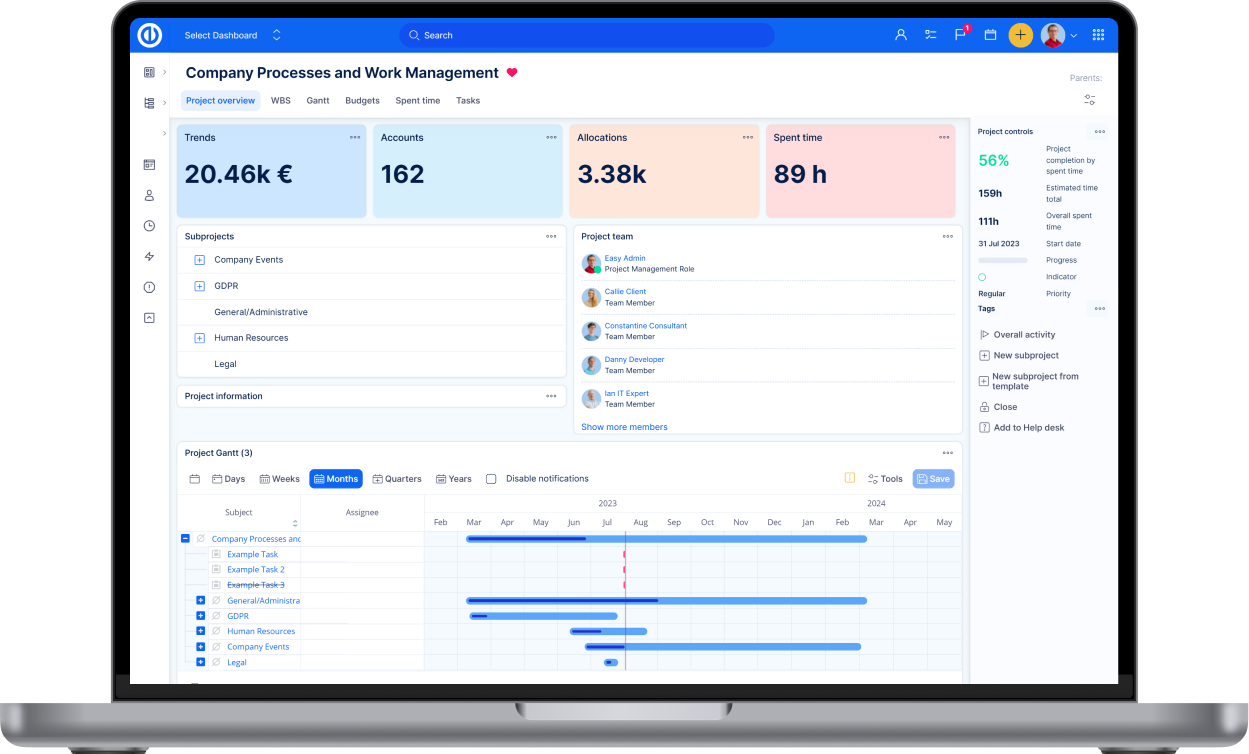
A Case Study of Home Power Solutions with Easy Redmine
Manufacturing
September 2020
Berlin, Germany
130
Product Development
Discover the transformative impact of Home Power Solutions as they revolutionize sustainable living with innovative energy solutions, powered by Easy Redmine. This case study delves into Home Power Solutions' pioneering efforts to provide reliable and eco-friendly energy solutions for residential and commercial use.
Before switching to Easy Redmine
The client used Redmine, which didn’t have a usable resource management feature.
Top challenges:
- Keep an overview in a very complex organization (lots of teams working on hardware and software of one complex system) and reduce complexity with the tool instead of increasing it.
- Implementing SAFe framework in Easy Redmine (i.e. PI-Planning for quarterly planning of epics and SCRUM in between)
- Combination of long-term planning (waterfall) and short-term sprint planning (SAFe PI-Planning and SCRUM)
- Resource Management for individuals and teams
- Summarize information in the tool for reporting
- Graphs/diagrams (possibilities are very limited)
Our assignment and challenges
Expectations to meet:
- Reduce complexity in a very complex organization
- Increase transparency of all tasks that are worked on
- Enable effective prioritization
- Consistently representing the hierarchic structure from company vision to individual task
- Support project planning and steering
- Support program and team management
Requirements:
- Basic project management features: Gantt charts, milestones, tasks, subtasks, responsibilities, and resource estimations are essential components.
- Resource management: Including considerations for holidays and other factors impacting resource availability.
- Project view: Providing a comprehensive overview of ongoing projects.
- Team view: Allowing teams to see all projects they are involved in.
- Revision of project plans: Providing the ability to revise project plans as needed.
- Critical paths: Identifying critical paths within projects for efficient planning.
- Work Breakdown Structure (WBS): Offering a clear breakdown of responsibilities within projects.
- Task status tracking: Monitoring the status of tasks throughout the project lifecycle.
- Documentation of project results: Facilitating the documentation of project outcomes for future reference.
- Reporting and analysis: Generating reports, including milestone trend analysis, and offering reporting templates for different stakeholders with varying levels of detail and KPIs.
Why Easy Redmine:
- Hybrid project management (agile and waterfall) and resource management
- Features highlights:
- Resource Management
- Customizability
- Filters
Phases of implementation:
Before implementation, a test server was created, which was thoroughly tested for the above requirements. Since project management in our company was just about to evolve, the processes and concrete use of the tool were not ultimately defined before implementation. Tailoring Easy Redmine to our company and improving our project management methods were done simultaneously after starting using the tool. Based on SAFe methodology we continuously increased the efficiency of the PI-Planning using Easy Redmine.
1. Settings
In the first step, a detailed structure of projects was defined and implemented. We also imported all tasks from Redmine, because we wanted to keep access to the knowledge documented in those tickets.
2. Server solution / Cloud solution
We chose the cloud solution.
3. Training
We trained key users and administrators during the implementation and other users of the application additionally in comprehensive thematic blocks.
4. Testing
The client uses a test environment with real data, which allows new requirements and functions to be tested before deployment to the production environment.
The most used features:
- Resource management to match top-down and bottom-up planning
- WBS to structure projects

Franz Fürstenberg
The most used functions

template for development projects and operational tasks

customizable dashboard for tracking results

WBS

Gantt
HPS is a global leader in the development and production of integrated energy storage systems based on green hydrogen for buildings. With the innovative year-round energy storage system called Picea, HPS addresses key areas of the energy transition. Surpluses generated by a photovoltaic system on sunny days are stored as green hydrogen and made available again in the dark seasons in the form of electricity and heat. This enables buildings to be supplied with solar energy from their own roofs throughout the year. HPS has won several prestigious awards for Picea, including the Handelsblatt Energy Award, the Innovationspreis Berlin-Brandenburg, and the Sustainability Challenge of the German Sustainable Building Council (DGNB).
Related case study

Case Study - Oxford Instruments NanoScience
Nanotechnology Research
In this case study we provided the history of how In October 2019, Oxford Instruments NanoScience embraced transformation, replacing an outdated system with Easy Redmine. With 200 users across diverse departments, the challenges included an unsupported legacy system.

ESONIC – Easy Redmine synchronization with existing enterprise systems (Flexibee ABRA, ISO)
industry automatization
ESONIC Inc. focuses on industrial automation of technological processes and production units. The company was looking for a complex solution for internal and external projects that would streamline their productivity.

